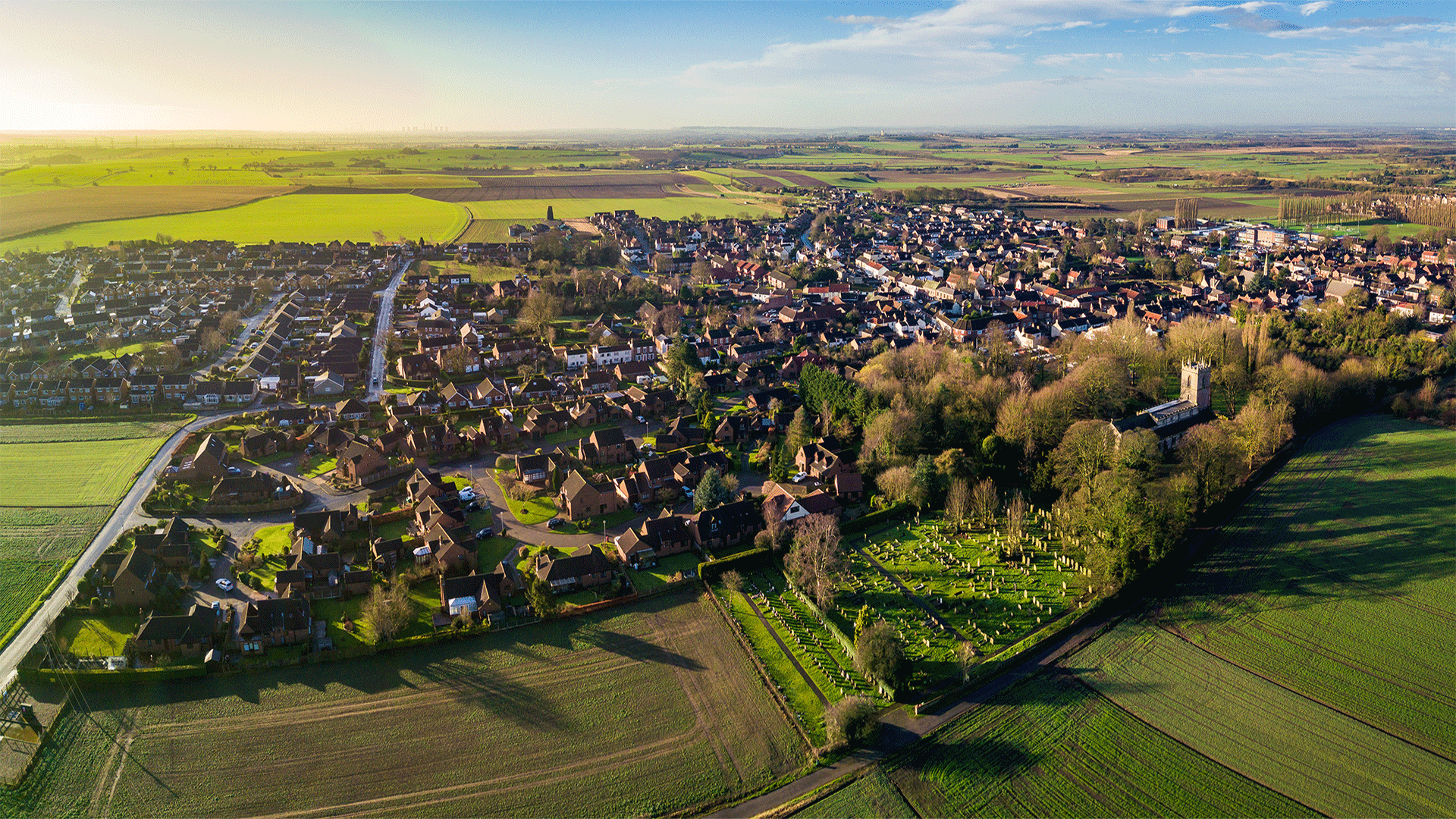

Rural Rents Rise as City Locations Lose Out
As the end of a difficult year comes into sight, recent research delivers an unusual result in the UK's rental market; average rents in countryside locations rose in October, while city properties proved less popular with tenants and rents fell. This dynamic, which is a reversal from the same time a year earlier, means the difference in average rents between the two locations has narrowed.
The latest rental research from Hamptons International suggests that while a number of details have driven the rise in rural rents and decline in cities, two stand out:
- Tenants choosing to move further out for more space after being cooped up during the coronavirus lockdown.
- Tenants who are working from home for an extended period opting for a temporary move out of city locations to cheaper rental homes.
First Rent Increase in Six Months
According to the research, the rise in rents in October was the first time they have increased in six months, having stagnated since the beginning of the coronavirus pandemic in the UK. Across Great Britain as a whole, average rents hit £1,041 per calendar month in October, a 1.4% rise from the same month in 2019.
While the increase in average rents is the first in some time, the most unusual detail is the driving force behind the increase; rural properties. Hamptons’ research shows that the average rent agreed for a newly let property in the countryside was 5.5% higher in October 2020 than a year earlier, at £919 per month. Meanwhile, rents in cities were £1,336 per month and while that is still above the average rural rent, it represents a 5.3% decline from October 2019.
This reversal of fortunes – in October 2019 rural rents rose 0.5% while city rents were 6.1% higher – highlights that the pandemic really has affected every industry and many of the choices consumers and tenants around the country are making.
“The Coronavirus pandemic has changed tenant behaviour, with many renters making the move out of cities to the suburbs and more rural locations,” Hamptons said in its latest report. “The opportunity to work from home means tenants can save while paying less rent in more rural areas.”
Activity Dynamics
The change in rents across UK lets isn’t just reflected in the cost - activity changes have also been noted by agents. Some 7% fewer potential tenants searching for city rental homes compared with October 2019. At the same time there were 29% more rental homes available in cities during October 2020 than a year earlier. Looking at countryside rental homes, demand from tenants rose 4% while the proportion of properties to rent was down by 49% compared with a year earlier
These changes in demand and supply directly affect landlords’ ability to raise rents. Almost half of rural landlords, 48%, were able to raise rents due to the increase in demand. Meanwhile, only 35% of landlords of city properties said they had increased rents, reflecting the supply and demand imbalance.
Of course, as the pandemic begins to ease and come to an end, it’s likely the rental market will experience another change. Whether or not that results in a complete reversal of supply and demand between city and rural homes or a partial one remains to be seen. However, that’s something that tenants, landlords and letting agents might want to begin considering today so they’re well placed to handle what the future might bring.
Sources:
Hamptons research
https://www.hamptons.co.uk/research/articles/rural-rents-rise-as-cities-record-annual-falls/

